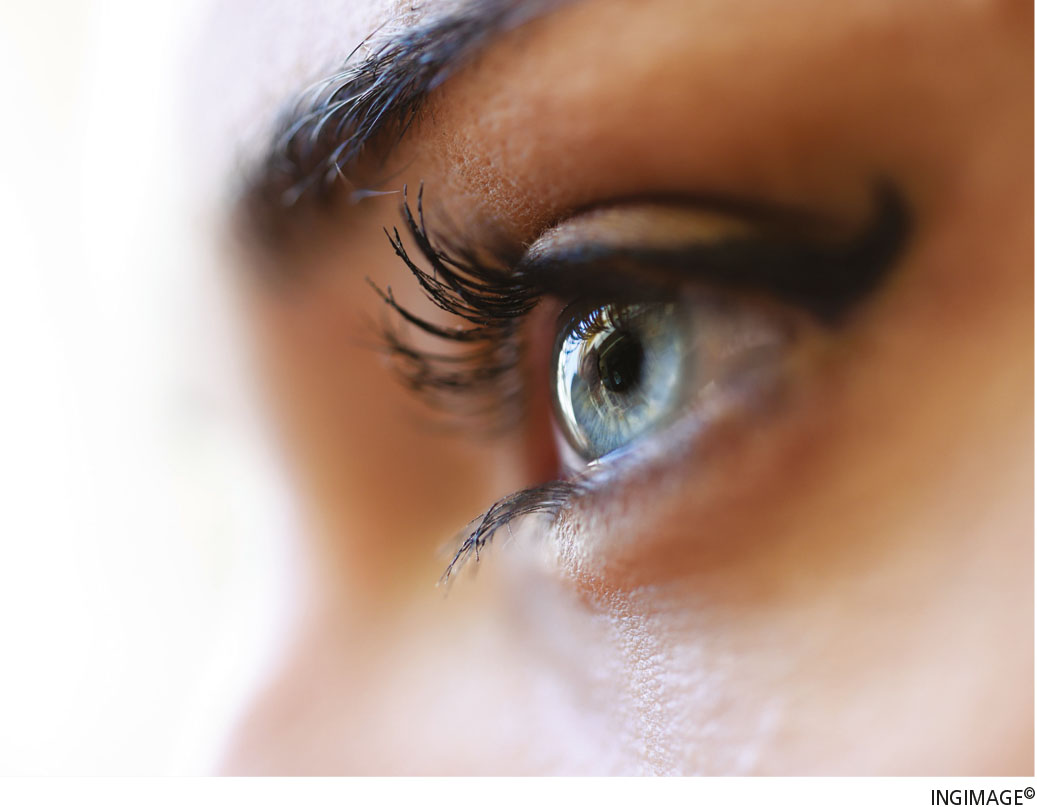EXECUTIVE HEALTH
SNEAK THIEF OF SIGHT
BY Dr. Sanjiva Wijesinha

The term ‘glaucoma’ refers to a group of diseases that causes damage to the optic nerve, which lies at the back of the eye. This nerve transmits images of what we see through the lenses in our eyes to the brain.
Human eyes are shaped like globes and the part that is visible to the outside – i.e. between the eyelids – is a spherical crescent. This part of the eye (the white background with a central black circle) contains the pupil through which light from images that we see is transmitted to the retina.
To use a simple technical analogy, it’s like a computer screen with millions of pixels.
The retina is a thin layer of sensitive tissue containing millions of retinal ganglion cells (the pixels), which lines the internal rear surface of the eye overlying the optic nerve.
When light entering through the pupil is focussed by the lens inside the eye onto the retina, it’s converted by these retinal ganglion cells (the pixels) into neural signals that are then transmitted to the brain to produce vision.
What happens with glaucoma is that the pressure inside the globe increases and this condition damages the retinal ganglion cells.
The organ of vision is filled with a fluid that is continuously produced by cells in the eye and repeatedly drained out through channels at the front of this spherical globe. Anything that causes increased formation of this fluid – or blockage to its drainage – can lead to pressure building up within the globe.
This is called ‘intraocular pressure’ (IOP) and results in damage being caused to the pixels.
The problem with our current understanding is that elevated IOP is not the only explanation for glaucoma. Some people can suffer from high IOP without retinal damage while others could experience this even with normal IOP levels.
What is certain is that once retinal ganglion cells are destroyed, the damage is permanent. Furthermore, many of those who have glaucoma do not know it because vision loss – mainly in peripheral eyesight – is extremely insidious.
It’s estimated that half of those who develop glaucoma are not aware of it!
While there are different types of glaucoma, primary open-angle glaucoma (POAG) is the most common and accounts for about 90 percent of cases. It’s nicknamed the ‘sneak thief of sight’ because there are no obvious symptoms in the early stages of POAG.
So what can be done to prevent glaucoma?
If someone in your family has the condition, you are more at risk of developing it yourself. People over 60 and those who have myopia (shortsightedness) are also at greater risk.
The only way to find out if you have early signs of glaucoma is to have your eyes checked regularly by a qualified optometrist or eye specialist – especially if you’re over 60, short-sighted or have a family history of glaucoma. Your IOP can be measured and the retinas examined for early signs of damage.
If diagnosed early enough, the use of appropriate medication in the form of eyedrops can reduce IOP and prevent damage to the retinas. A timely eye check for glaucoma can prevent permanent blindness.




